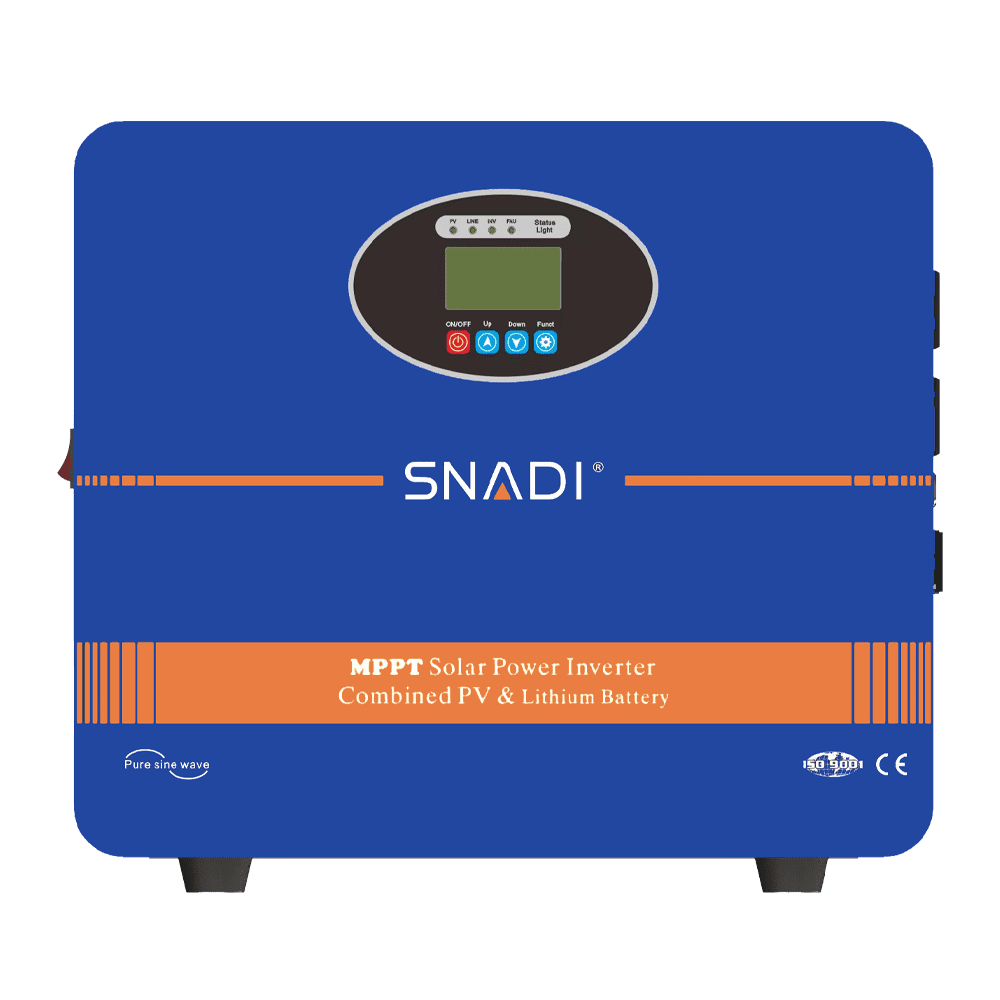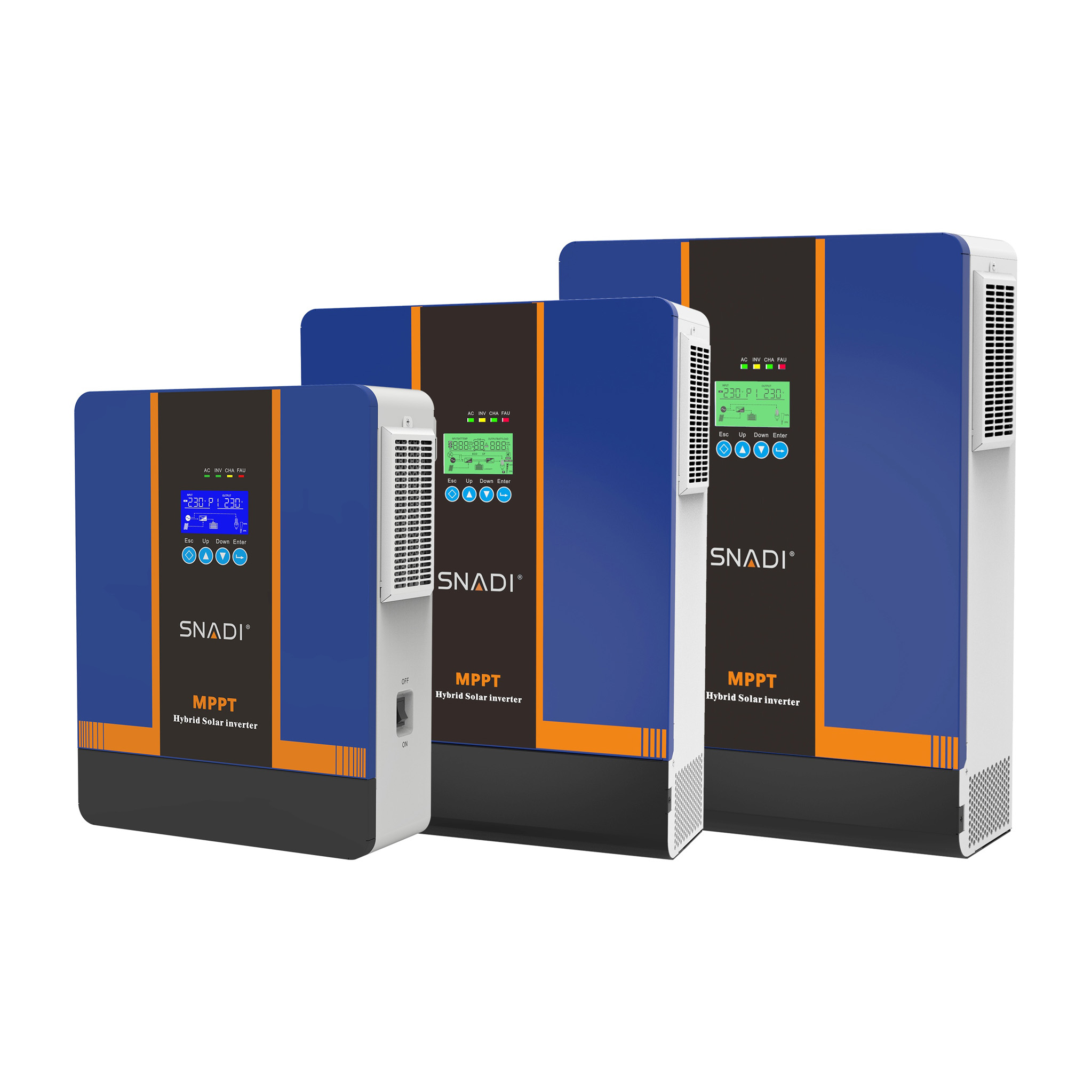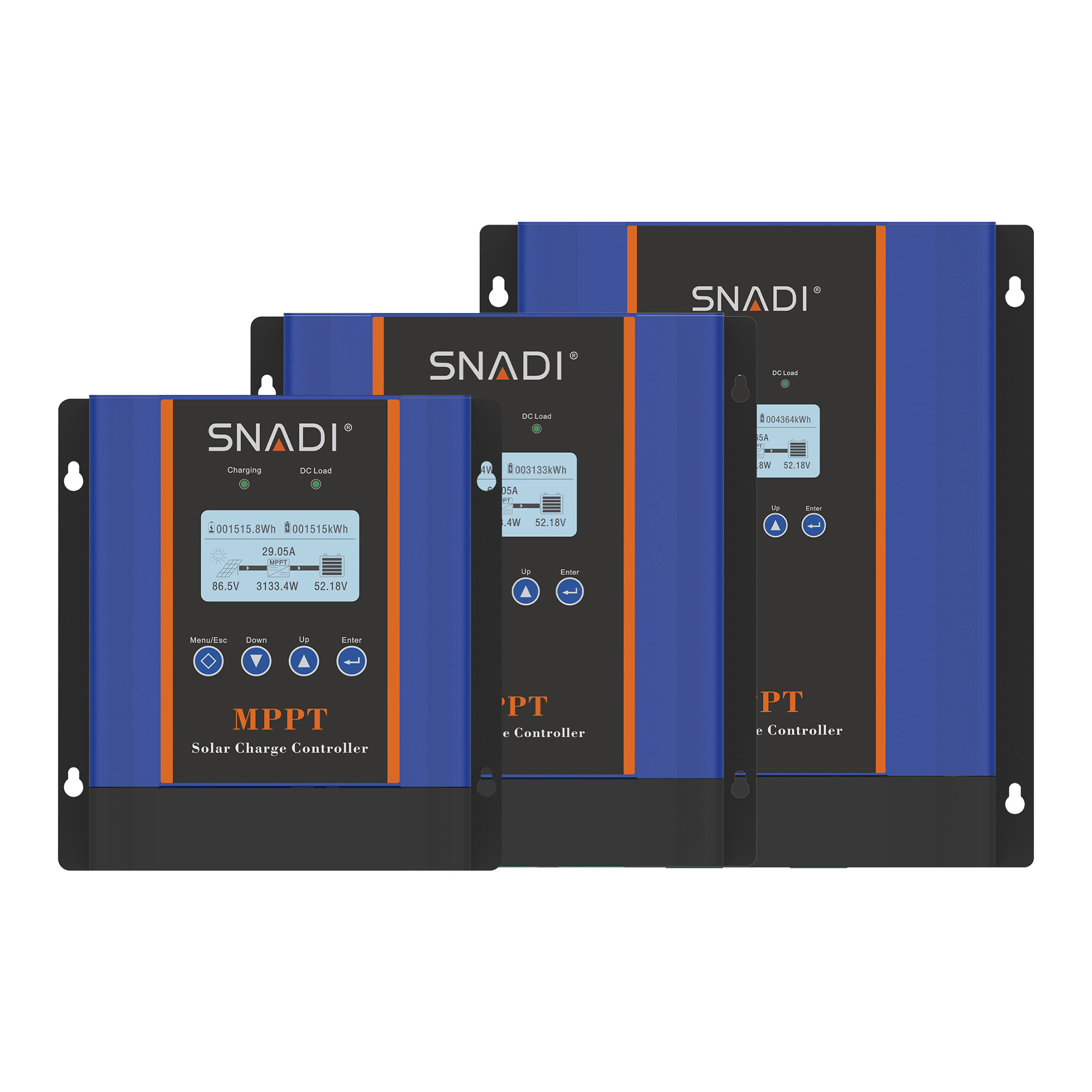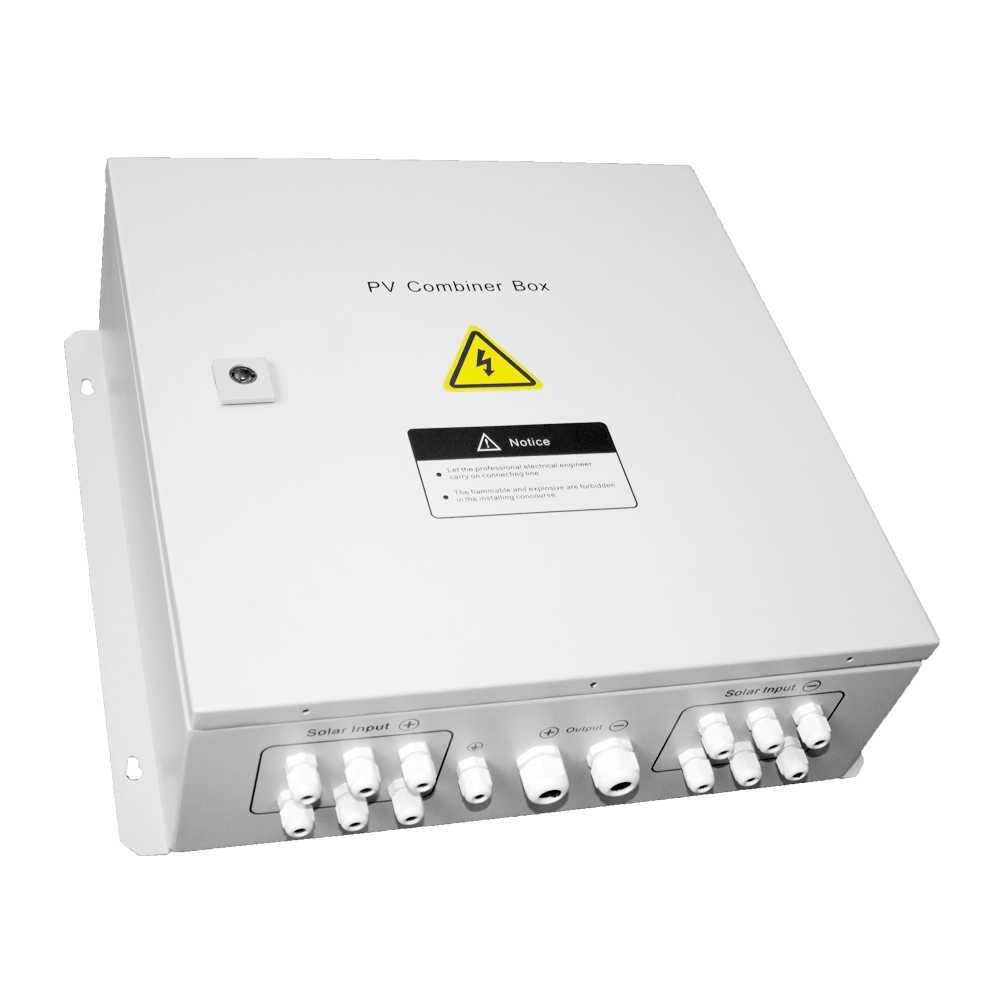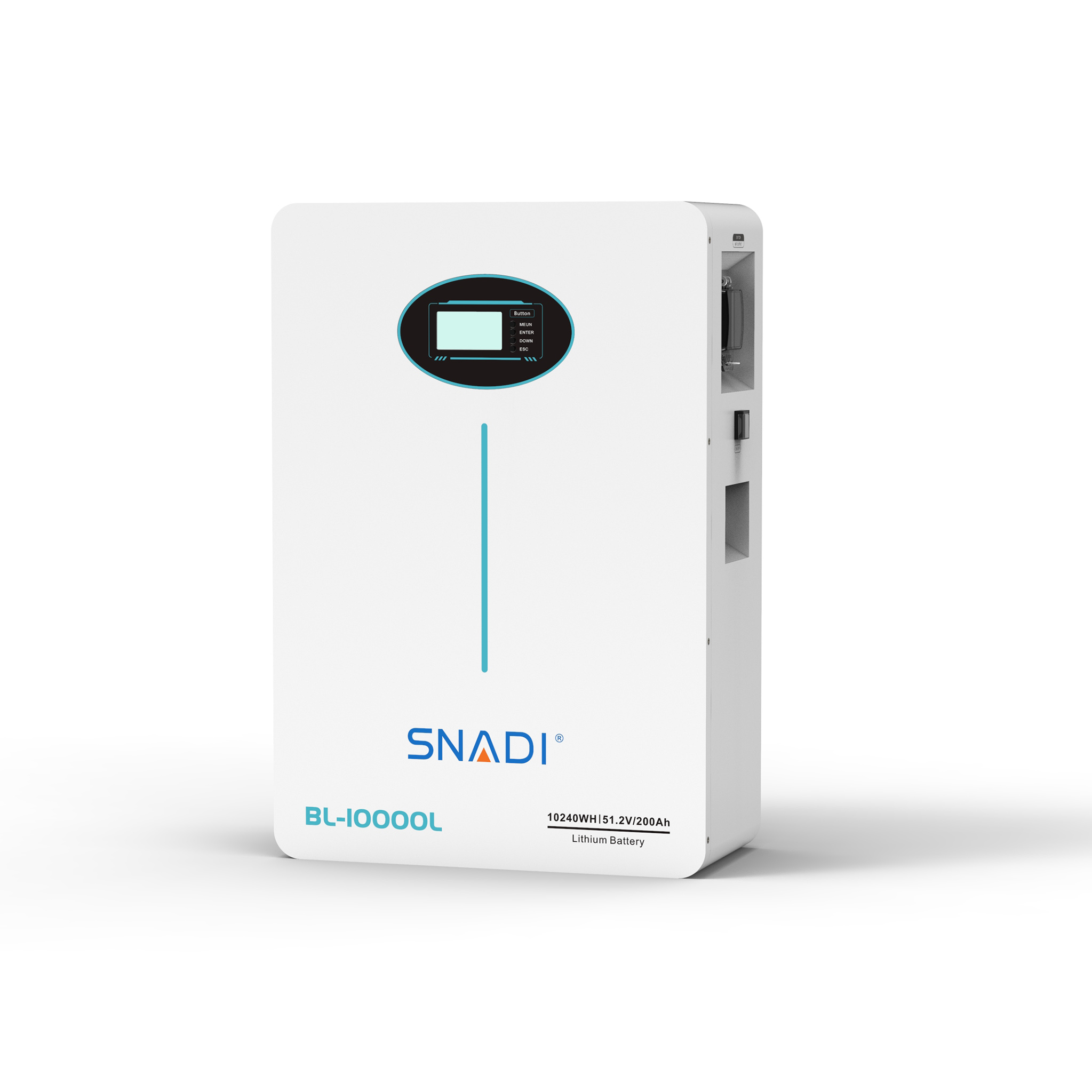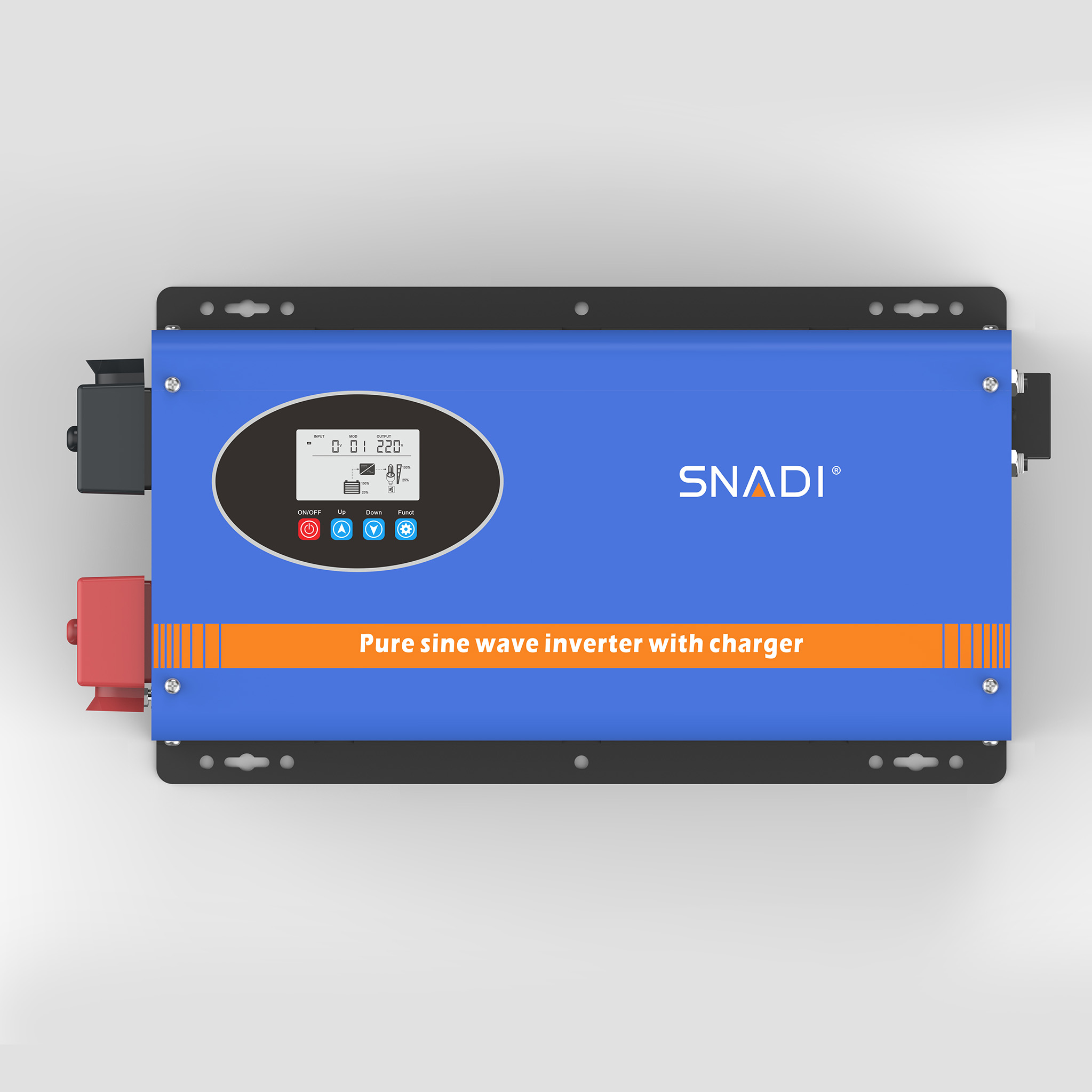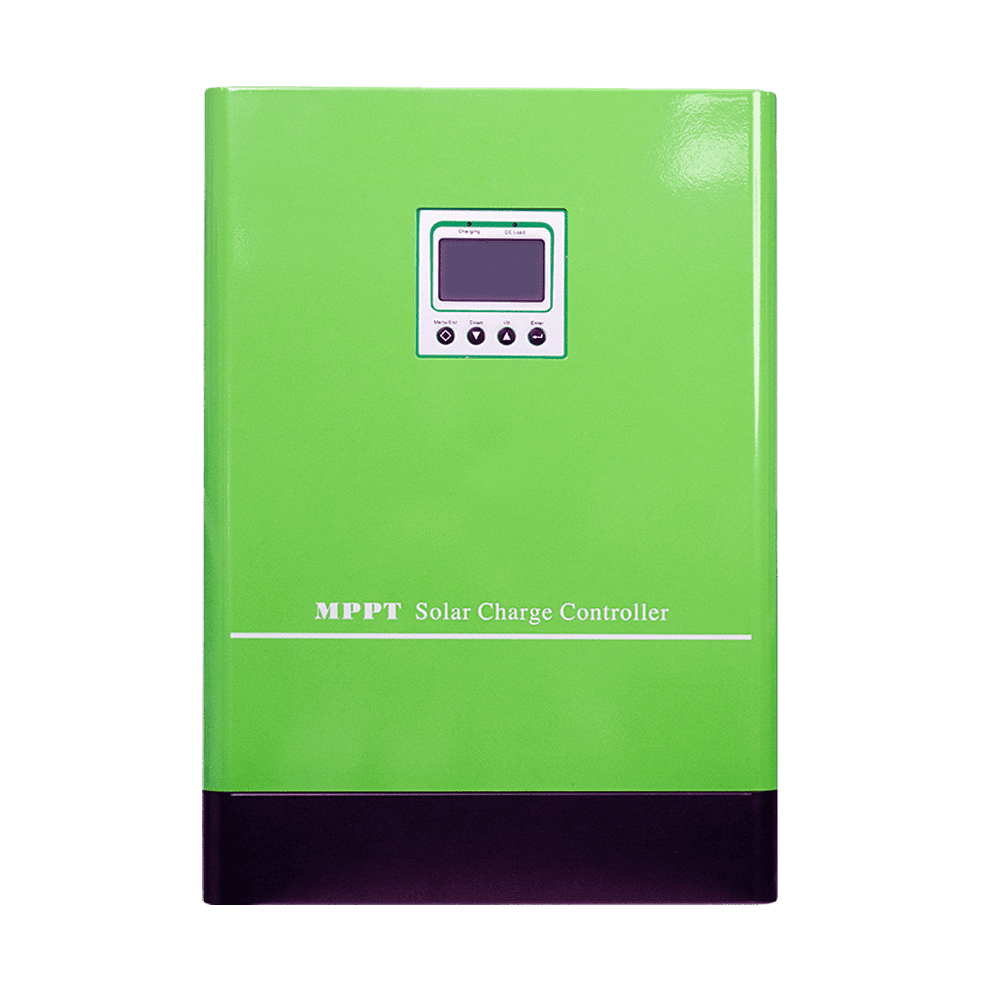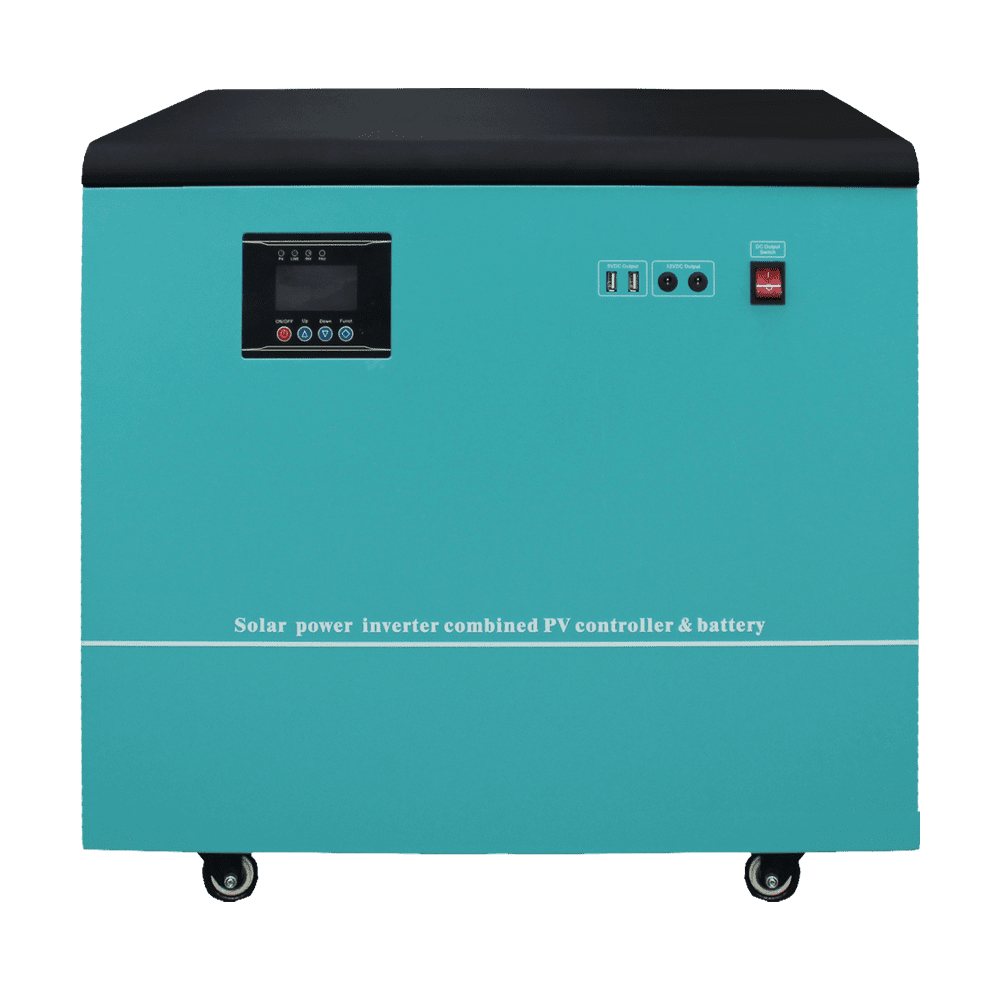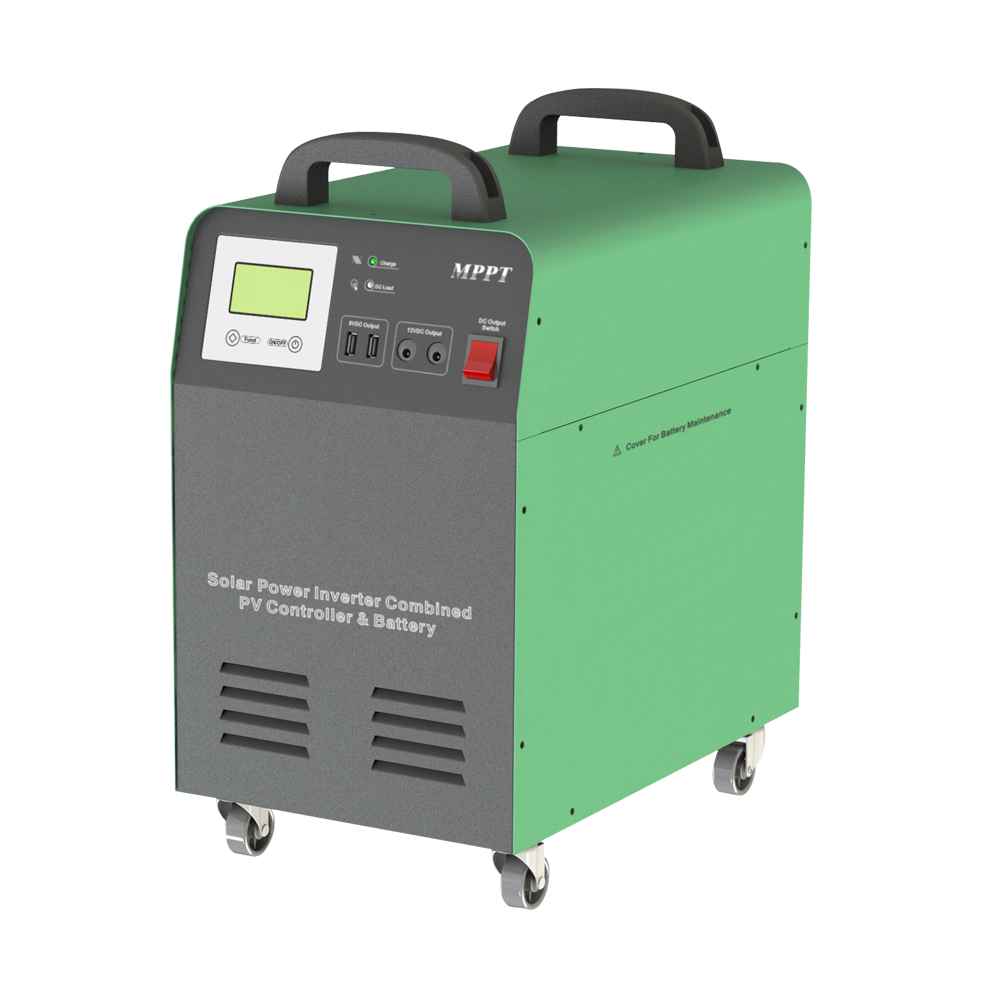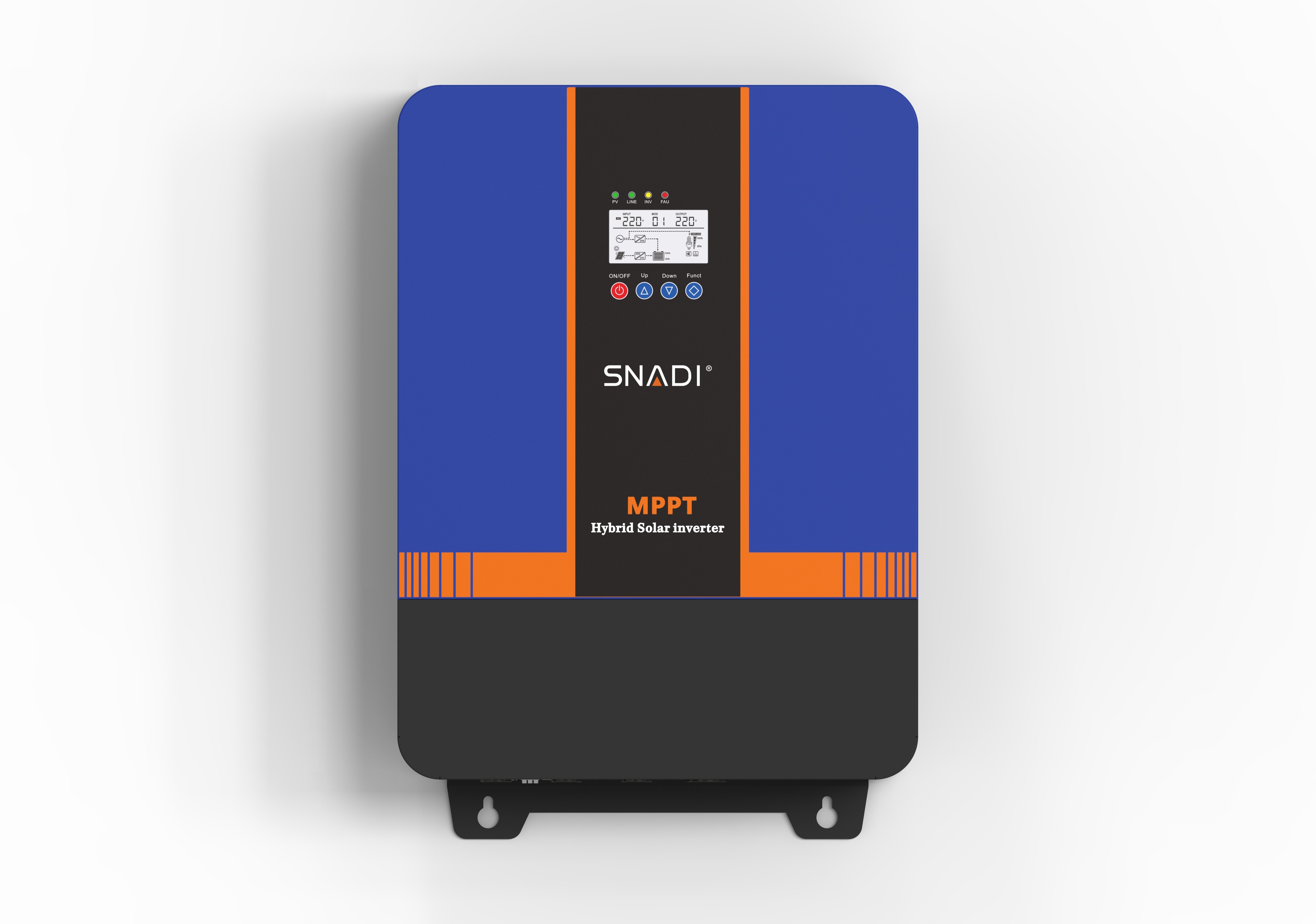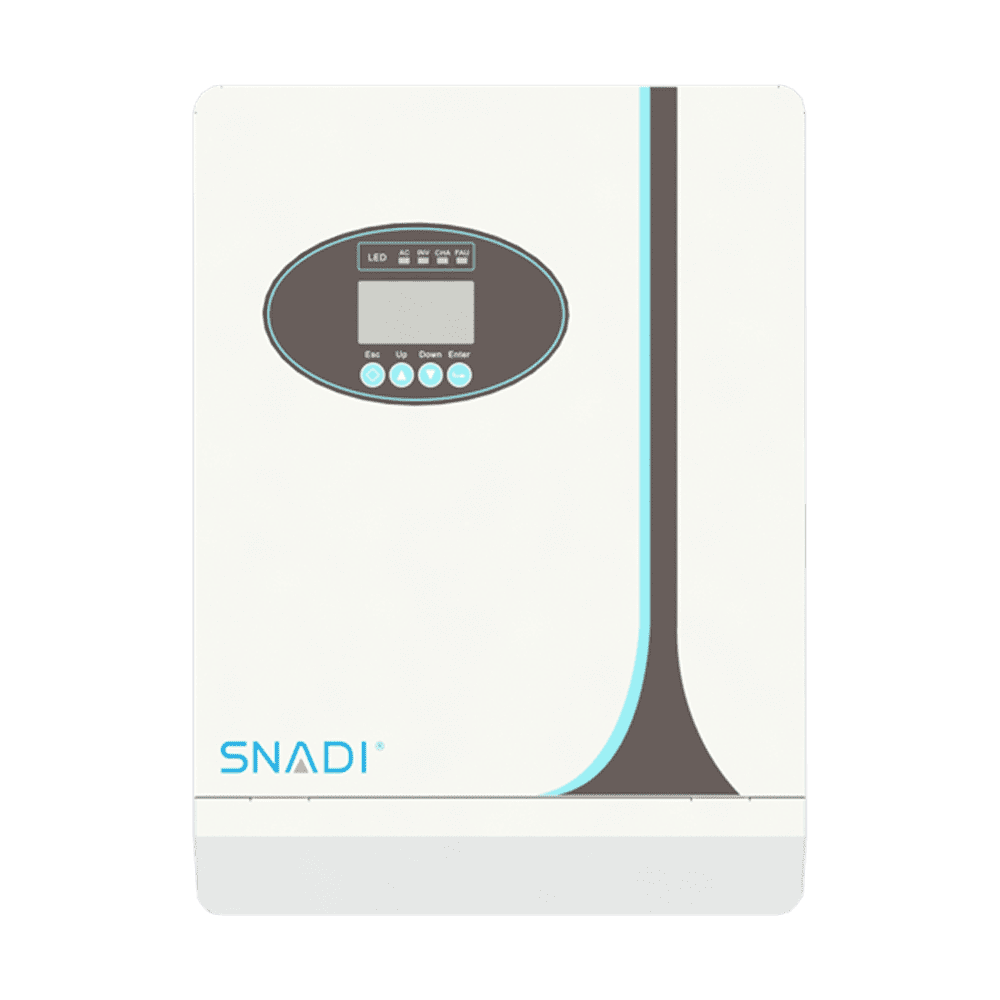As renewable energy systems become more prevalent, understanding the components that maximize their efficiency is crucial. One such component is the Maximum Power Point Tracking (MPPT) charge controller. This gadget is critical for maximizing the power production from solar panels, ensuring that the energy harvested is maximized and stored efficiently in batteries. This article delves into the workings of MPPT charge controllers, their importance, and how they differ from other types of charge controllers.
What is a Charge Controller?
Definition and Purpose
A charge controller, also known as a charge regulator, is a device that regulates the voltage and current coming from solar panels to batteries. Its principal duty is to guarantee that the batteries are charged correctly and effectively, avoiding overcharging, which can damage and shorten the batteries' lifespan.
Types of Charge Controllers
There are two main types of charge controllers used in solar power systems:
Pulse Width Modulation (PWM) Charge Controllers: These controllers maintain the voltage by rapidly switching the power on and off, effectively controlling the charging process.
Maximum Power Point Tracking (MPPT) Charge Controllers: These controllers are more sophisticated and efficient, capable of adjusting the electrical operating point of the modules or array to ensure maximum power output.
Understanding MPPT Technology
The Concept of Maximum Power Point
Solar panels have a complex relationship between the current and voltage they produce, which can vary with the amount of sunlight and temperature. The Maximum Power Point (MPP) is the point on the current-voltage (I-V) curve where the product of current (I) and voltage (V) is at its maximum, resulting in the highest possible power output.
How MPPT Works
An MPPT charge controller continuously monitors the output of the solar panels and compares it to the battery voltage. It then changes the electrical operating point of the panels to guarantee that they are constantly at their maximum power output. This adjustment is crucial because it ensures the maximum possible power is being transferred to the batteries.
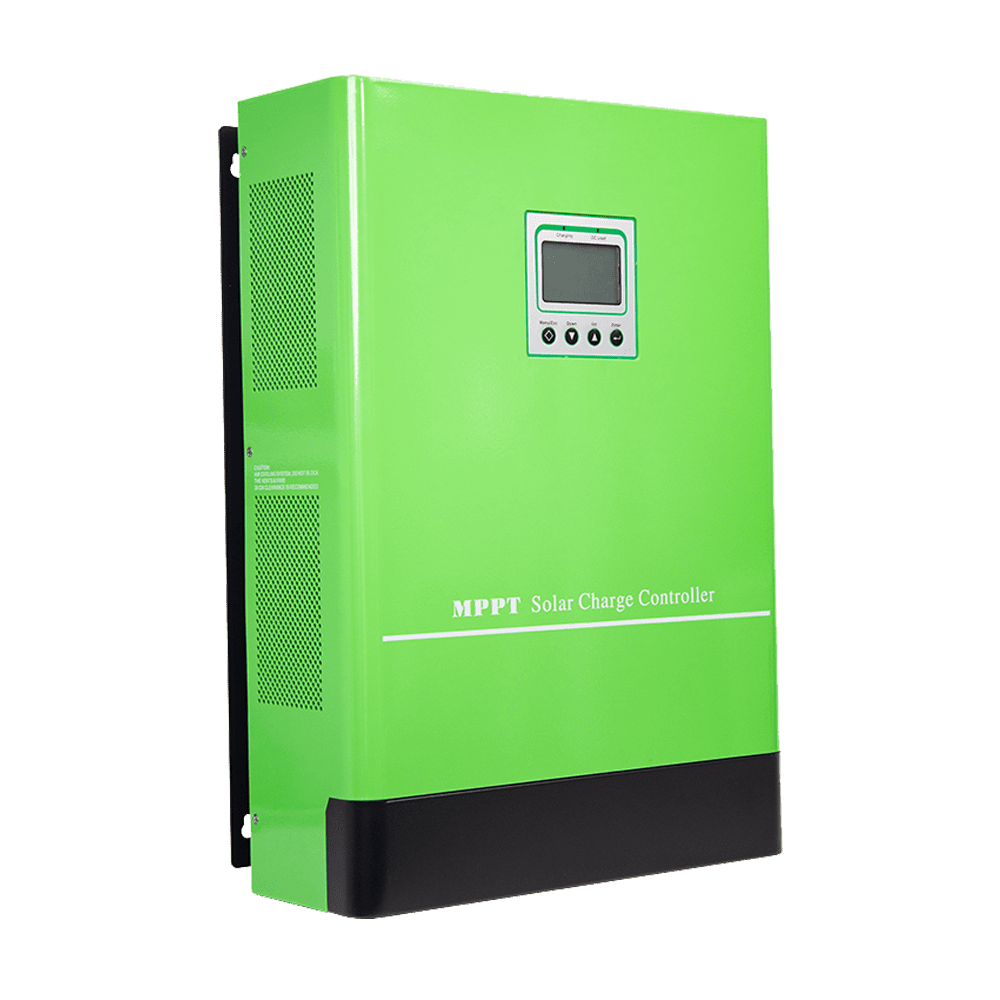
Solar Inverter With Mppt Charge Controller
Key Components of an MPPT Charge Controller
Microcontroller
At the heart of an MPPT charge controller is a microcontroller. This component processes the data from the solar panels and makes the necessary adjustments to keep the system operating at the maximum power point.
DC-DC Converter
The DC-DC converter is another critical component. It steps down the higher voltage from the solar panels to match the lower voltage of the battery while increasing the current. This process ensures that the maximum power is transferred efficiently.
Input and Output Sensors
MPPT charge controllers are equipped with sensors that monitor the input voltage and current from the solar panels and the output voltage and current to the batteries. These sensors provide the necessary data for the microcontroller to make real-time adjustments.
Advantages of MPPT Charge Controller
Increased Efficiency
MPPT charge controllers can be up to 30% more efficient than PWM charge controllers. This increased efficiency is especially beneficial in conditions where the solar panel voltage is significantly higher than the battery voltage, such as in cold climates or when using high-voltage panels.
Better Performance in Varying Conditions
MPPT charge controllers excel in varying weather conditions. They can react to fluctuations in sunshine intensity and temperature, ensuring that the solar panels run at peak efficiency throughout the day.
Improved Battery Lifespan
By ensuring that the batteries are charged correctly and efficiently, MPPT charge controllers can help extend the lifespan of the batteries. Proper charging avoids overcharging and undercharging, both of which can cause battery damage over time.
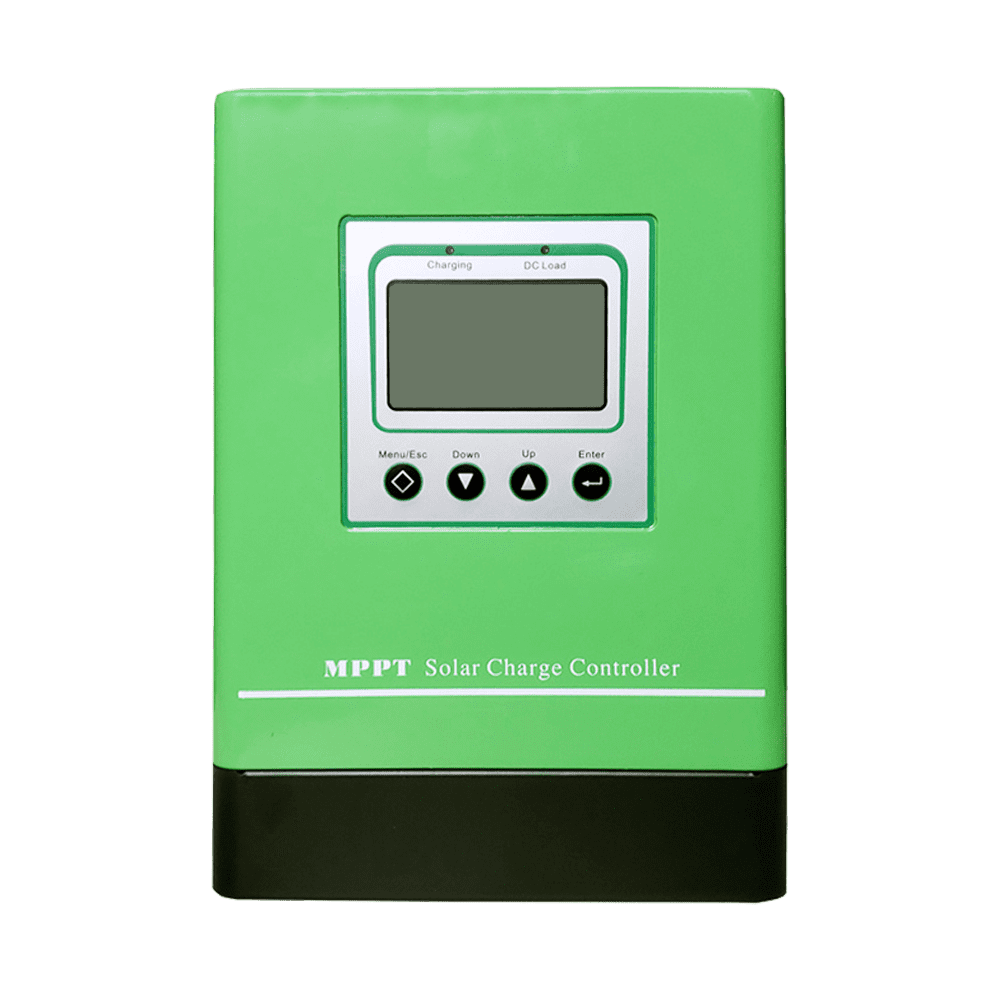
MPPT Solar Inverter For Household
Applications of MPPT Charge Controllers
Off-Grid Solar Systems
MPPT charge controllers are a popular choice in off-grid solar systems since they maximize energy harvest. They ensure that the limited solar energy available is utilized to its fullest potential.
Grid-Tied Solar Systems with Battery Backup
In grid-tied systems that include a battery backup, MPPT charge controllers help manage the charging of the batteries, ensuring that they are charged efficiently and ready to provide power during outages.
Remote and Mobile Applications
MPPT charge controllers assist in maximizing the energy captured from the available panels in distant sites or transportable applications such as RVs and boats, resulting in reliable electricity.
Conclusion
MPPT charge controllers play a crucial role in maximizing the efficiency of solar power systems. They ensure that the batteries receive the most power possible by constantly adjusting the voltage and current from the solar panels. For anyone looking to enhance the performance of their solar energy system, investing in an MPPT charge controller is a wise decision.

